Traveling through Vietnam can be best described as diverse and varied, as the contrast between cities and nature is enormous. In the city, where hundreds of scooters whiz by you every minute, you’ll find an oasis of calm in the mountain villages.

When you are staying around Da nang or Hoi An, there are someplaces that maybe little off the track but have plenty of feel good stories to experience. One such place is Tam Ky, about an hour’s drive from Hoi An town this place is an authentic fishing village known for it’s mural paintings, unsoiled beaches and has a very laid back atmosphere.
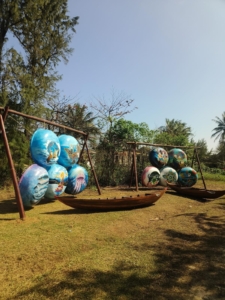

You can walk around this village exploring the paintings that depecits the local life of people living here. Also the basket boats where painted beautifully, some glass were placed like tray and they painted on it. These paintings are a combine project of Vietnam and Korean artist to give a more touristy feel to bring in more travellers.
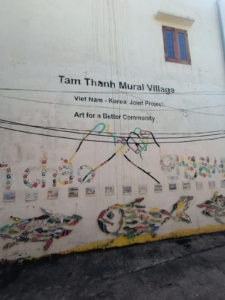
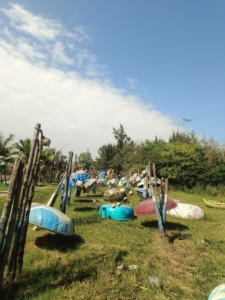
The beaches are very quite unlike the famous ones in the city side, you will hardly find anyone and feels the whole beach is for you. And real local life of people can be experienced here.
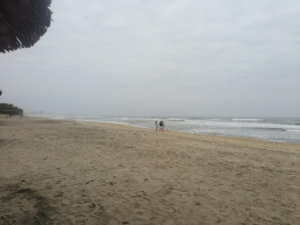
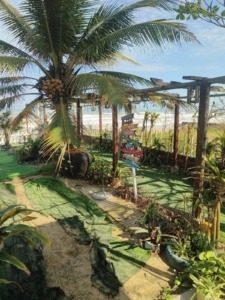

There are couple of cafes and guest houses here. Rio’s house is one well known guest house which is perfect for a laid back and budget stay. Although we went during the off season(monsoon) the restaurant was closed and the home stay was still open and food was on order basis. But this is perfect place just after monsoon to chill.
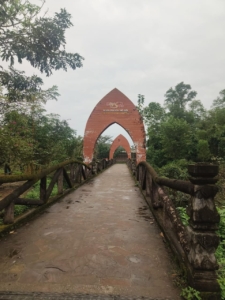
Another place not to be missed in this region is My son sanctuary. Between the 4th and 13th centuries a unique culture which owed its spiritual origins to Indian Hinduism developed on the coast of contemporary Vietnam. This was built by the local Champa tribes, who learnt the Hindu culture and the language scripted here is also dervied from Tamil language.

The property is located in the mountainous border. It is situated within an elevated geological basin surrounded by a ring of mountains, which provides the watershed for the sacred Thu Bon river. The source of the Thu Bon river is here and it flows past the monuments, out of the basin, and through the historic heartland of the Champa Kingdom, draining into the South China Sea at its mouth near the ancient port city of Hoi An.
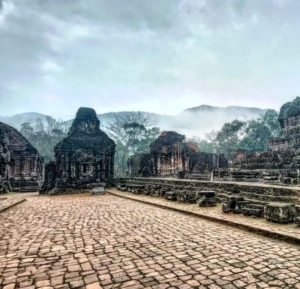
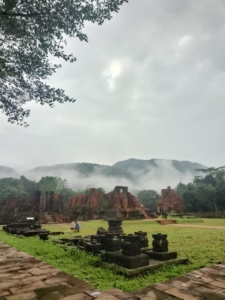
I reached here very early around 6 am. There was a battery car which took us inside the sanctuary where the remains of the temples are seen. During World War II and also during the Vietnam war this forest area and temple was sheltering the Vietcong forces. The American troops bombed this area as well and can see the crators formed during bombing.


We could see the Shivling and also the structure of some Hindu god/godess here. Sitting infront of these structure was Nandhi the cow god. You can easily co-relate how much the Champa people loved and understood the Hindi culture before building this monument.
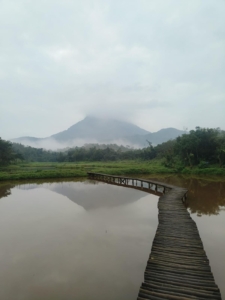

Walking around this Sanctuary was a real bliss early in the morning. It just stopped raining, could see some fog on top of the structures, the river was flowing on one side and the mountanious terrian on the other. But make sure you reach early, so you can feel the entire area is for you to enjoy and experience it. Post 9 am you will start getting a lot of crowd here.
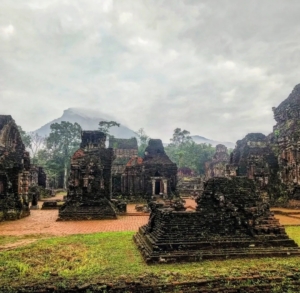
We got an audio guide to tell us about some of the important events and history. This place is definitely a must visit if you are history lover and like a walk in the dense jungles. Currently Indian govt along with Vietnamese govt are taking steps to renovate and take care of the remains.
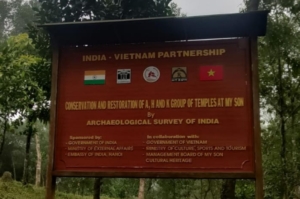
There are some interesting stuffs that you notice while travelling in Vietnam, the oranges with a tree getting transported for the Vietnamese new and some rituals performed by them as a community gives you the feel of their culture and an experience you are looking for as a traveller.
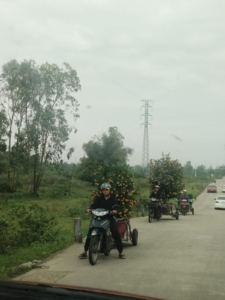

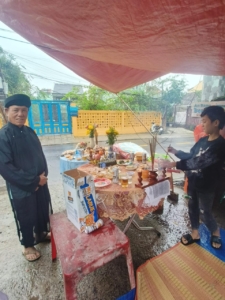


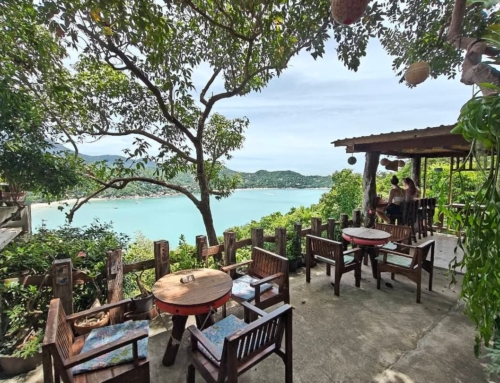
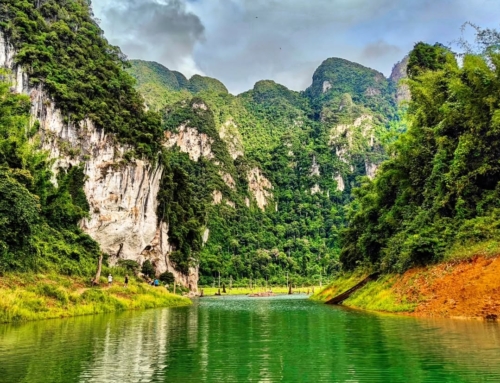
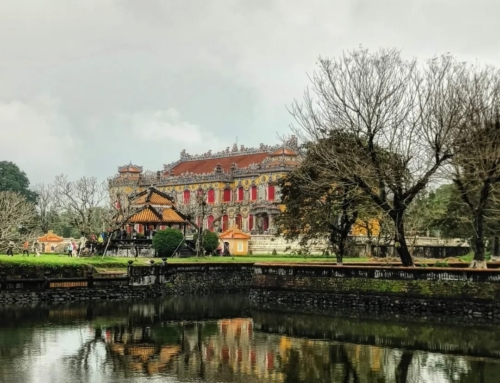
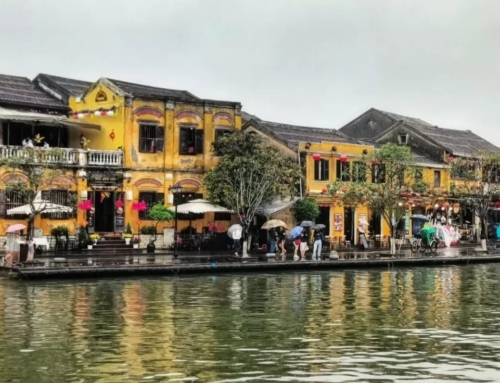
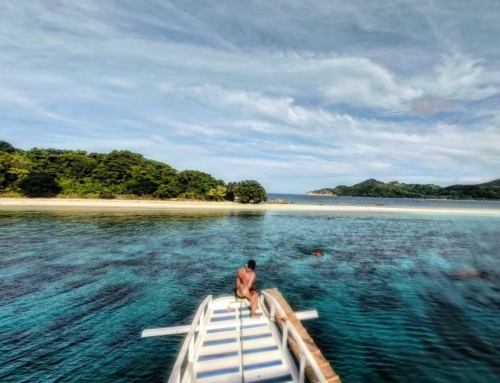
Leave A Comment